



Our Arms go back to circa 1884 and are recorded in Sir Bernard Burkes General Armory.
J.Creighton
James has written much of this subject and I include some quotes:
"The Creighton arms, although never fully researched, remains a silver shield with a rampant blue lion displaying red talons, teeth and tongue. The Creighton crest is a standing green dragon, wings unfurled, spouting fire from its mouth. These base units of the family arms have remained constant since the time of the Norman Conquest of 1066, or before.
By the 1600s, the official Scots Creighton arms had evolved into one displaying multi-accomplishments, or royal attachments too, the original shield and crest. Descendants of Thurstan de Crechtune had risen in power as officials of state (Lord William Crichton of Castle Crichton), Earls of Dumfries, barons of Sanguhar and viscounts of Frendraught. Two remain to this day through the lines of Crichton-Stuart (Dumfies and Sanguhar) as Marquesses of Bute and the reinstated barony of Frendraught through the Maitland Mackill Crichton line. All display variations of the original Creighton arms, blue lion on a silver shield." - J. Creighton
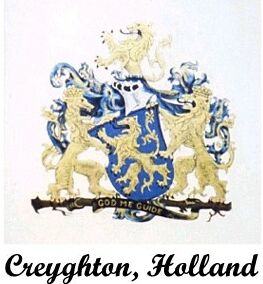
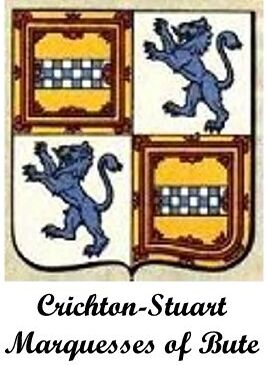
S. Curtiss
On the right you will see the Creyghton Clan Tartan from Holland. This is rather the Edinburgh tartan shown with the name Creyghton as this version of our name indeed stems from our own spelling of Creighton. The name Creyghton is found in Holland along with the Dutch spelling Creijghton. It is beleived that the name of Creyghton/Creijghton stems back to the late 1600's upon the arrival of Joahannes Creyghton who was a clergyman.
My thanks go to Jos Grupping for the research into the Creyghton/Creijghton name.
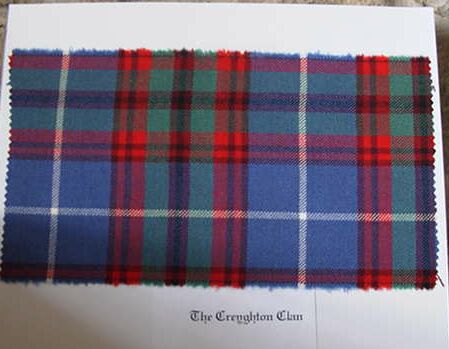
I feel confident in saying that there is no official Creighton Tartan. According to Keith Lumsden, Scottish Tartan Researcher, there has been an attempt to create a Creighton Tartan in the late 80's but this attempt was not persude after the initiater passed away. However Crichton and Creightons alike because of their close dealings and affiliations with Edinburgh and the midlothian region, are intitled to wear the Edinburgh Tartan according to James Creighton the author of a forthcoming book. Keith Lumsden thinks the Midlothian Taratn more appropiate.
As Creighton/Crichton is a territorial name and has strong connections with not only Edinburgh, but the Midlothian and Strathclyde areas as well, it makes me wonder if any of the nine or so Tartans from Edinburgh, Midlothian, Nithsdale and Strathclyde could indeed be used.
As Tartans were only first registered and named towards the end of the 19th century thay are in fact quite new in regards to the various designs associated with clan titles or names. Today there are some 2500 registered Tartans available across the world with some 30 to 40 new ones being registered every year!
Kilts first became popular around 1822 when King George the IV wore one at a public event. It is thought that the basic Tartan design goes back to the 3rd century after samples of a Tartan like cloth were found in Falkirk.
The Black Watch Tartan is said to be the first offical Tartan worn by a military body circa 1725 and is based on a Cambell Tartan.
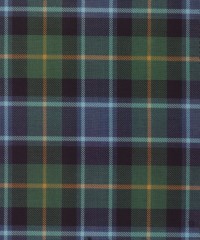

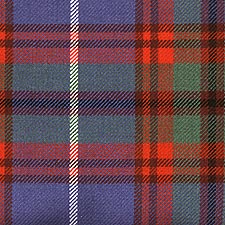
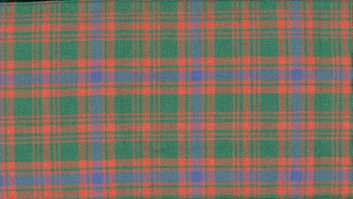

John Renfro Davis
http://www.contemplator.com/folk5/hfarewel.html